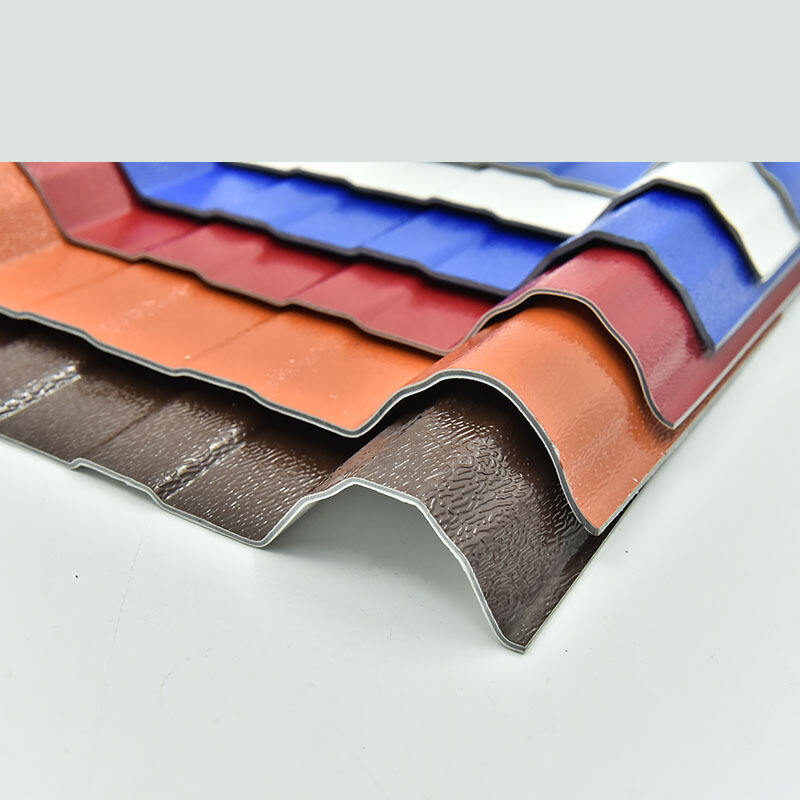Effect of Weather Conditions on Roof Sheets
Roof sheets serve as a building’s first line of defense against the elements. However, they are constantly subjected to different weather conditions that can impact their performance and life span. Here is how different weather conditions can affect roof sheets.
Sunlight and Heat
Exposure to sunlight for a long time results in heating up of metal roofs which leads to thermal expansion causing warping or buckling of the roof sheets. There also might be some materials with colors fading away due to the UV rays.
Rain and Moisture
Water from rain can cause corrosion especially when it comes into contact with metallic roof sheets. If not well drained, it may sip through minute holes leading to more damage. In addition, organic matter such as wood is prone to grow molds if exposed to moisture.
Wind
Strong winds do physical harm to your roofing structure by damaging its top layer. They can loosen fasteners, lift up the edges of the sheets or even blow them off entirely at times. This risk escalates in case lightweight materials or wrongly fixed roof sheets are used.
Snow and Ice
For people living in cold areas snow and ice become major concerns. The weight resulting from accumulated snow puts immense pressure on roof sheets thereby ruining them in extreme cases. Also ice dams develop at the borders of the rooftop hence collecting water that eventually gets beneath these shingles covering it.
Hail
A hail storm can produce significant physical destruction rendering dents on your roof sheets maybe even punctures too while challenging their durability level.
To conclude, many types of weather could greatly affect roof sheets. Therefore, one should select appropriate roofing materials depending on climate changes experienced locally with proper installation maintenance being done.
Recommended Products
Hot News
-
How to choose the right roof tile
2024-01-24
-
PVC Plastic Tiles: The Ideal Roofing Material
2024-01-24
-
The Essentials of Synthetic Resin Tile Manufacturing
2024-01-24

 EN
EN
 AR
AR
 BG
BG
 HR
HR
 CS
CS
 DA
DA
 NL
NL
 FI
FI
 FR
FR
 DE
DE
 EL
EL
 HI
HI
 IT
IT
 JA
JA
 KO
KO
 NO
NO
 PL
PL
 PT
PT
 RO
RO
 RU
RU
 ES
ES
 TL
TL
 IW
IW
 ID
ID
 LT
LT
 VI
VI
 TH
TH
 TR
TR
 AF
AF
 MS
MS
 KM
KM
 LO
LO
 MY
MY


